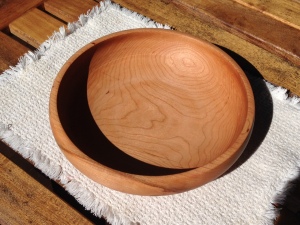For most of us work dominates our waking hours. It defines who we are and to whom and what we belong. Work is much more than a job that provides a livelihood, although for the fortunate among us the labor that brings out our best and allows us to contribute most to others also supports us.
Work looms especially large in retirement as we face the loss of it. We leave behind decades of identifying ourselves by what we do and others’ recognition of us. Whatever we have professed to this point, the work of living shifts.
The work of living is the key, for our work in this sense does not change. Our most recent job may be ending, but the task of delineating ourselves by the way we create and share meaning does not. There is no stepping down from the occupation of living. In fact, having more time enables us to explore and create new ways to express that unique set of gifts that is our vocation.
In the example of creating poetry David Whyte inspires us to pay attention to the arriving breeze of revelation, the meaning that is our work to discover for each of the days remaining to us.
THE LIGHTEST TOUCH
Good poetry begins with the lightest touch, a breeze arriving from nowhere, a whispered healing arrival, a word in your ear, a settling into things, then like a hand in the dark it arrests your whole body, steeling you for revelation.
In the silence that follows a great line you can feel Lazarus deep inside even the laziest, most deathly afraid part of you, lift up his hands and walk toward the light.


